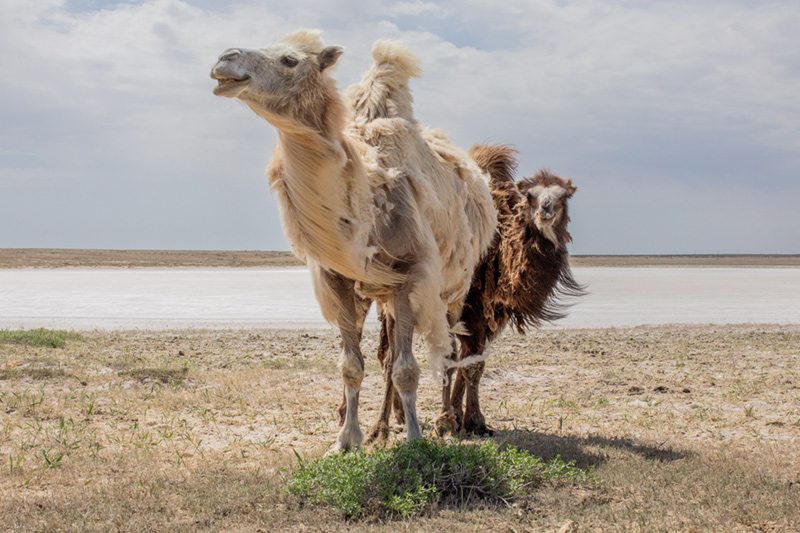
After the Aral Sea
After the Aral Sea presents Anush Babajanyan’s study of a landscape once synonymous with ecological collapse, now reframed through stories of resilience, adaptation, and quiet renewal. Along the former shoreline in Uzbekistan and Kazakhstan, families herd camels across salt plains, scientists trial salt resistant plants, and fishermen return to the revived waters of the Northern Aral. The work traces how communities reclaim livelihoods, replant native vegetation, and find meaning in a changed environment. Through photography and storytelling, it asks what it means to remain when nature appears to disappear, revealing the strength of people who refuse to be defined by loss and who build a future at the shifting edge of a vanished sea.
What you will take away:
• Clear context on the Aral Sea’s environmental history and the practical measures behind partial recovery
• Field insights into documenting climate adaptation, from community agriculture to fisheries and habitat restoration
• Techniques for ethical, solutions focused storytelling that balances evidence, nuance, and hope
Who this is for:
• Documentary photographers, journalists, and filmmakers working on environment and climate narratives
• Editors, curators, educators, and NGOs seeking case studies in resilience and community led renewal
• Students and practitioners interested in long term projects that combine science, policy, and lived experience
- Duration 30 minutes

